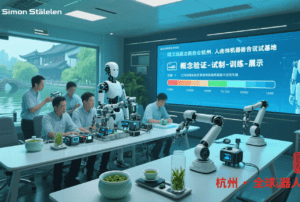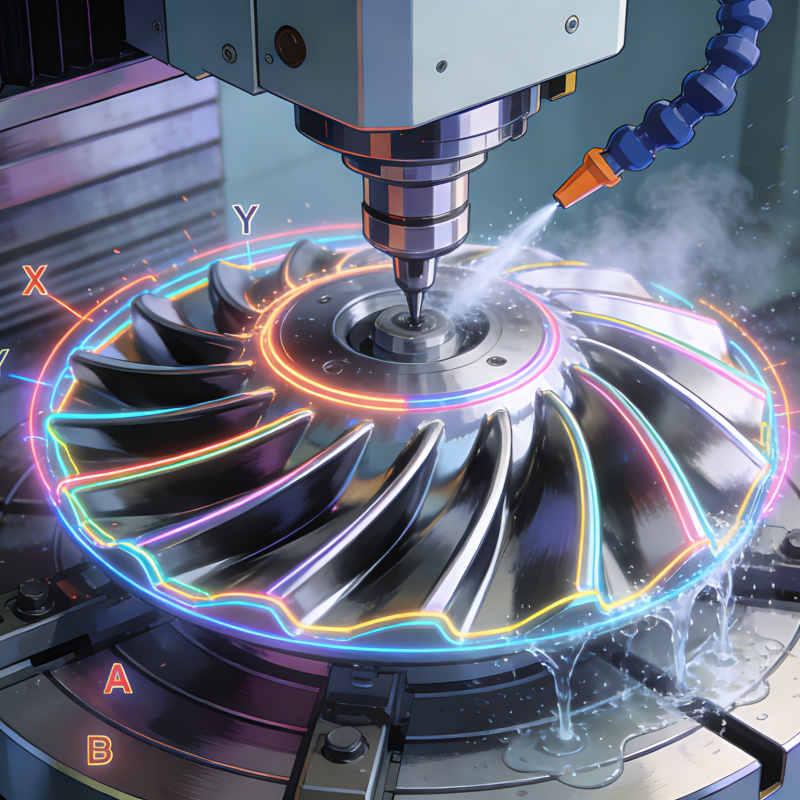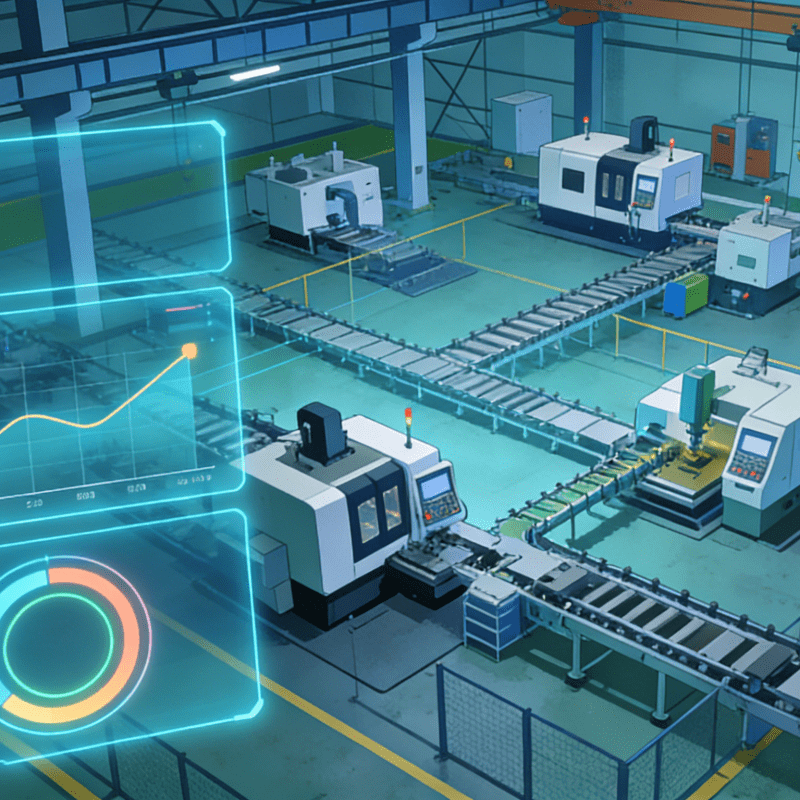Guide: From the research and development of “brains” to the manufacturing of bodies, it covers the entire industrial chain and innovation chain of robots. The deep integration of technological innovation and industrial innovation, intertwined, coupled, and fissioning in Hangzhou, is the strongest advantage for Hangzhou to build a “global home port” for robots.
The 2025 World Artificial Intelligence Conference, which just concluded in Shanghai, announced that we have officially entered the “intelligent era”.
While Shanghai is pondering its “global mission”, Hangzhou is also reflecting on “Hangzhou’s role in artificial intelligence” and taking action.
Recently, in Xihu District of Hangzhou, a batch of key projects focusing on robot testing, evaluation, training, and pilot-scale production were signed collectively, making the outline of the Zhijiang Robot Industry Service Port increasingly clear.
A “port” is a hub connecting global resource and factor circulation networks. In the era of artificial intelligence, will Hangzhou become the “global home port” for embodied intelligent robots?
In sci-fi blockbusters, the design of a “home port” often appears: spaceships fly out of space ports to perform various tasks; rows of humanoid robots, after testing and training, can act like humans according to instructions…
We once thought such scenes were far away, but a city like Hangzhou has convinced everyone in just 8 years: the era of artificial intelligence is really here.
Looking back at the first World Artificial Intelligence Conference in 2018, all participating enterprises were from fields such as AI+finance, intelligent manufacturing, education, and transportation, representing only shallow applications of AI technology in various scenarios.
But at the 2025 World Artificial Intelligence Conference, Wang Xingxing, founder of Hangzhou Unitree, and his robots became the focus wherever they went. In his speech, he judged: “Personally, I feel that the average growth rate of China’s intelligent robot industry in the first half of this year could reach 50% to 100%.” Based on his observations, since last year, at least one new robot has been released every day, with rapid industry implementation and shipment momentum.
Over these 8 years, the rapid development of artificial intelligence and the iconic robot industry in many domestic cities has directly reshaped the global AI landscape.
The number of AI enterprises in Shanghai has surged from about 1,000 to over 10,000, with nearly 300,000 employees accounting for one-third of the national total, and the industry scale exceeding 400 billion yuan last year.
Shenzhen has nearly 60,000 enterprises with “robot” in their business scope, the most in China, contributing over 200 billion yuan to Shenzhen’s output value last year.
In this reshaped industrial landscape, Hangzhou has its own position: when DeepSeek made waves in the general large model track, Unitree’s humanoid robots appeared on CCTV, and Yun Shenchu’s quadruped robots won overseas orders, people realized that in Hangzhou, robots can be equipped with “brains” powered by large models. Every lift of a leg or turn of these steel bodies redefines the underlying logic of China’s participation in the global AI competition.
From the R&D of “brains” to the manufacturing of bodies, Hangzhou covers the entire robot industry chain and innovation chain. The deep integration of technological and industrial innovation—intertwining, coupling, and fissioning in Hangzhou—is the strongest advantage for building a “global home port” for robots.
Many people noticed that Nvidia’s Jensen Huang described Hangzhou as “China’s Silicon Valley.”
What many missed, however, was Wang Jian’s response: “I think I prefer to say that Hangzhou will become an innovation center for the world, with its own unique charm.”
Open and inclusive innovation has always been Hangzhou’s strongest source of creativity. In recent years, Hangzhou’s technological strength has moved from catching up to surpassing others. The core secret lies in its efforts to integrate into national and even global innovation networks, gathering global talents and resources for its use.
The Zhijiang Robot Industry Service Port, under construction in Xihu District, focuses on building Hangzhou’s humanoid robot pilot-scale production base and connects three major platforms. Though its physical space is bounded, it inherits an open innovation philosophy, serving as a port integrating robot technological and industrial innovation that represents Hangzhou, focuses on the nation, and faces the world.
Starting with serving original technological innovation, the Hangzhou Humanoid Robot Pilot Validation Platform and Application Promotion Service Center in Yunqi Town is establishing four centers: “Concept Verification, Product Prototyping, AI Training, and Experience Exhibition.” It provides services such as concept verification, prototype production, data collection, safety assessment, and professional training for original innovations and core technologies, turning an idea into a technology and then into a prototype.
Currently, robots do not require mandatory certification to enter the market from the prototype stage, but such “birth certificates” will be necessary in the future. Also located in Yunqi Town, the Zhejiang Branch of the National Robot Testing and Evaluation Center (Headquarters) will be the only national branch covering all categories and the entire chain of robot testing and evaluation, issuing internationally recognized authoritative CR certifications.
Before entering the market, robots also need testing and training. The Shuangpu Robot Testing and Training Ground near Tongjian Lake includes a 4,600-square-meter outdoor real-scene test site in Shishanxia Mine Park and 1,500 acres of diverse surrounding environments, featuring rich physical scenarios such as “mountains, water, forests, fields, lakes, roads, and villages.” This ensures performance evaluation and optimization under various conditions. Robots from enterprises like Unitree and Yun Shenchu have undergone training here.
In short, the Zhijiang Robot Industry Service Port covers key links such as concept verification, pilot-scale maturation, product evaluation, quality certification, scenario validation, and industry application. It aims to build a world-class “source of original technologies, hub for certification standards, and preferred destination for real-scene training,” with the goal of becoming a “global home port” integrating the entire innovation and industrial chains of robots.
After establishing the physical space, Hangzhou needs to address a key question: How to attract talents and enterprises from across the country and the world to “enter the port”?
Globally, Hangzhou’s innovation atmosphere, industrial foundation, and research environment are extremely favorable. Otherwise, Wang Jian would not have openly stated during his fireside chat with Jensen Huang: “Both DeepSeek and Tongyi Qianwen Qwen are from Hangzhou. As a Hangzhou native, I am proud of this city.”
Xihu District, home to the Zhijiang Robot Industry Service Port, is a prime example of Hangzhou’s favorable innovation environment. Hangzhou’s rise through cutting-edge tech enterprises and platforms traces its roots to Xihu District. The earliest Hangzhou educational district was located here, later becoming a major part of Hangzhou High-Tech Zone, evolving into a model of “incubation in the north of the river, industrialization in the south.” Today, Xihu District is also home to Zhejiang University and Westlake University, with a mature industry-academia-research collaboration system making it a magnet for innovation elements such as technology, capital, and talent.
However, favorable innovation environments are not unique. For the Zhijiang Robot Industry Service Port to truly become a “global home port” for robots, it must rely on efficient market-oriented operations.
According to Xihu District’s plan, the Zhijiang Robot Industry Service Port will be operated integrally by a joint venture between Xihu District and the Shanghai Robot Industry Technology Research Institute.
The Shanghai Robot Industry Technology Research Institute is a key R&D and transformation platform in Shanghai’s science and innovation center construction. Its National Robot Testing and Evaluation Center Headquarters, guided by the National Development and Reform Commission, the Ministry of Industry and Information Technology, the Standardization Administration, and the Certification and Accreditation Administration, leads the establishment of China’s CR (China Robot Certification) system, accounting for 70% of the national market share.
At the Zhijiang Robot Industry Service Port, Xihu District and the Shanghai Robot Industry Technology Research Institute have jointly established the Zhejiang Branch, which will be the only national branch covering all categories and the entire chain of robot testing and evaluation. It will lead the formulation of domestic robot standards and alignment with international standards, build a collaborative innovation service system integrating “national standards + local practices,” and create a birthplace for embodied intelligent robot certification.
Put simply, one goal of the Zhejiang Branch of the National Robot Testing and Evaluation Center (Headquarters) is, in line with its positioning as a “source of original technologies, hub for certification standards, and preferred destination for real-scene training,” to ensure that future robots undergo testing and certification at the Zhijiang Robot Industry Service Port before entering the market, truly helping Hangzhou build an “innovation port” for the robot industry.
What factors affect the selection of automated assembly machines?





















